Sterling jumps sharply on news that Brexit transition deal is agreed. And, it’s only awaiting sign-off by UK Brexit Secretary David Davis and EU Chief Negotiator Michel Barnier. David and Barnier are meeting in Brussels to hammer out the details today. The legal text of the agreement is expected to be delivered to the EU summit on Thursday and Friday for final approval. Davis and Barnier will hold a joint press conference later today.
It’s reported elsewhere that the cut off date for the transition period will be December 2020. And, UK will be allowed to make 3rd party trade deals during the transition.
GBP/USD takes out 1.3995 to resume the rally from 1.3711. It’s on course for a test on 1.4144. And, it’s getting more convincing that the correction from 1.4345 is completed. And the pair is ready for resuming larger up trend from 2016 low at 1.1946.
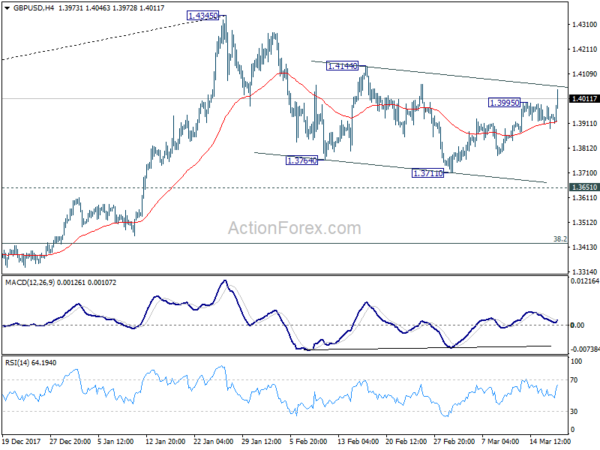 EUR/GBP’s break of 0.8871 support also confirm that the corrective rise from 0.8686 has completed at 0.8967. Deeper fall should be seen to retest 0.8686 in near term. It’s a bit early to tell if fall from 0.9305 is resuming. But momentum looks promising.
EUR/GBP’s break of 0.8871 support also confirm that the corrective rise from 0.8686 has completed at 0.8967. Deeper fall should be seen to retest 0.8686 in near term. It’s a bit early to tell if fall from 0.9305 is resuming. But momentum looks promising.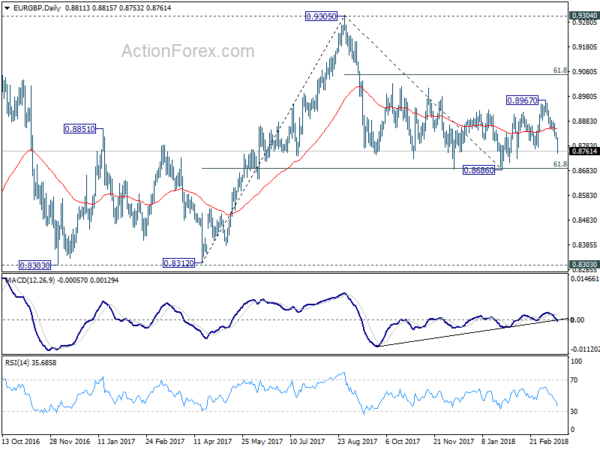




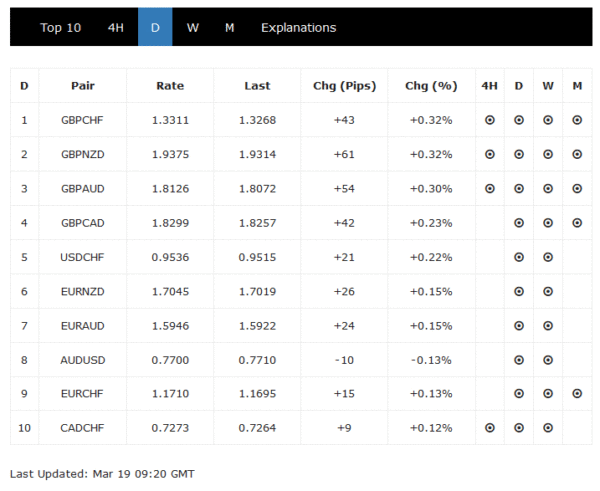
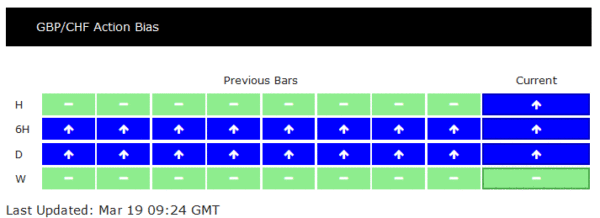
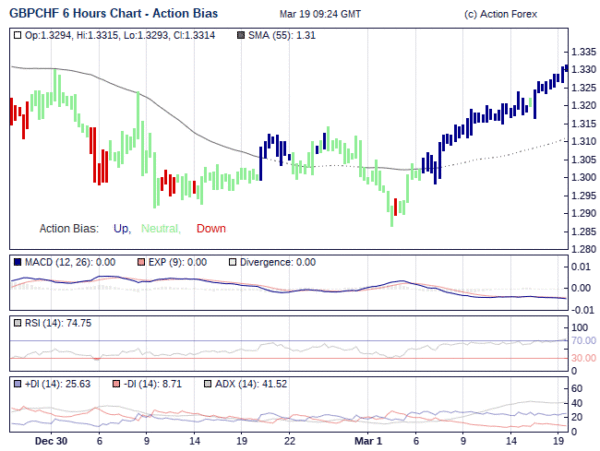
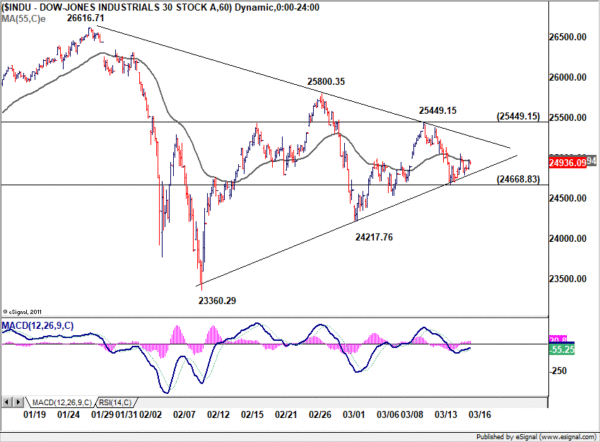
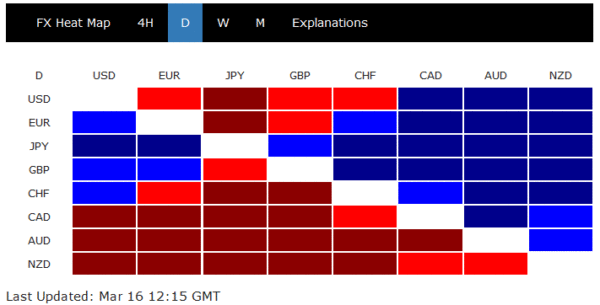
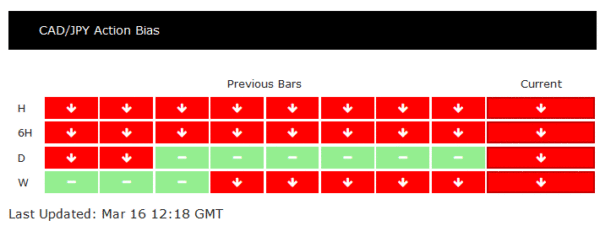
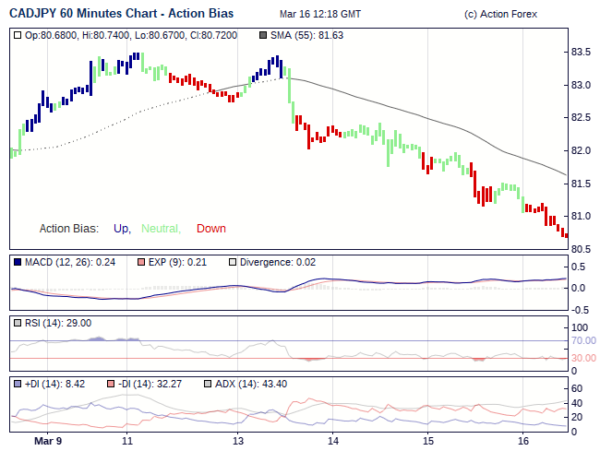
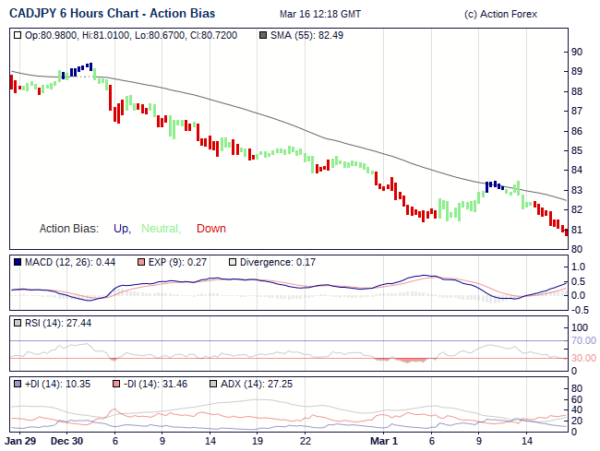

Barnier and Davis confirm Brexit transition agreement, new text published
EU Chief Negotiator Michel Barnier and UK Brexit Secretary David Davis confirm in a press conference that the deal for transition period is agreed.
Barnier announced that the legal text of Brexit has been agreed, even though there are still works today, in particular regarding Irish border. And, a new text of draft Brexit withdrawal agreement published. (The new, color-coded text can be found here). He will present the document to MEPs and to the commission, and then to EU leaders during the summit on Friday. Be after all, he also emphasized that the transition agreement will only take effect if the final agreement is made.
According to Barnier, EU nationals arrive in the UK during the transition will have the same rights as those arrived before. UK will not participate in EU decision making during the period, but it have to follow EU rules. Regarding Irish border, Brainier reiterated that both sides are committed to the joint position of avoiding a hard border, as published in a report back in December. The so called regulatory alignment solution will be part of the agreement as a fall back option.
UK Brexit secretary David Davis sad the implementation phase (transition period) will provide certainty for the short term. And trade deals will be agreed this time, with a joint committee of UK and EU representatives working to resolve all differences. While UK will follow EU rules, on foreign policy, UK will go on their own. Davis also confirms that the transition period will end on December 31, 2020.